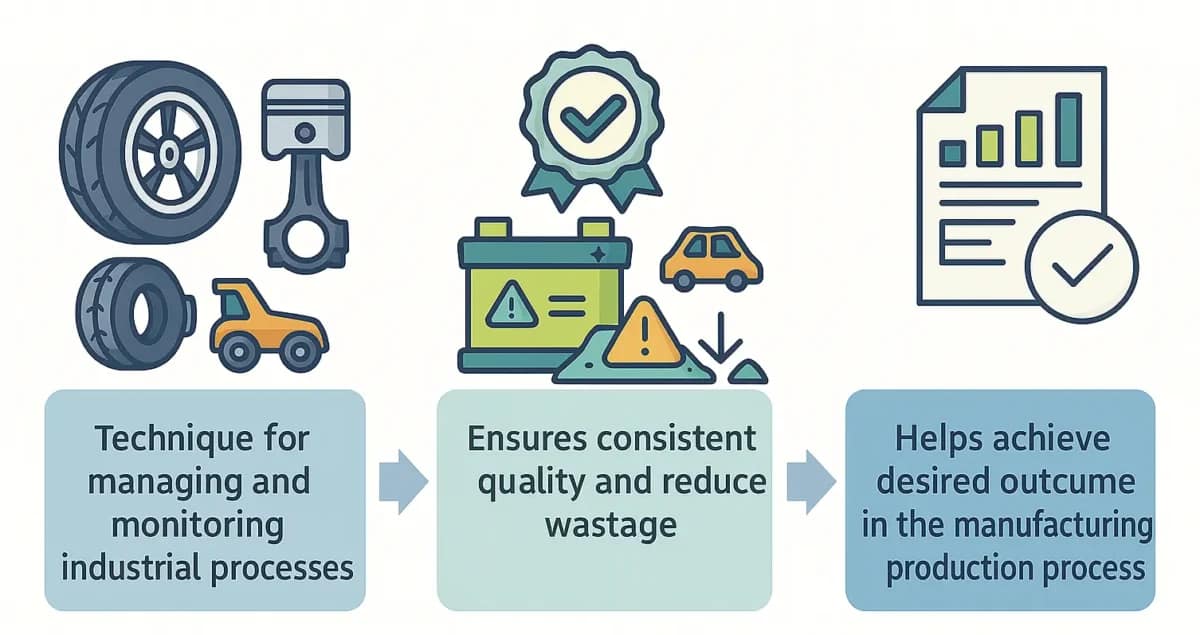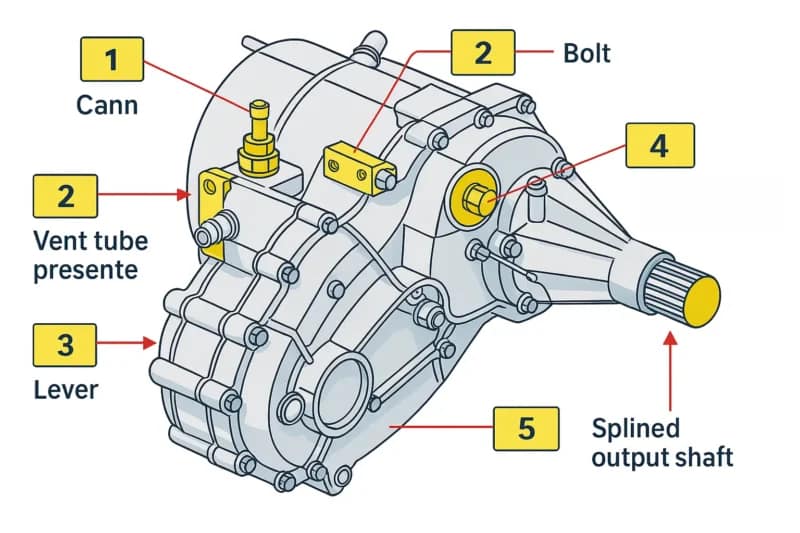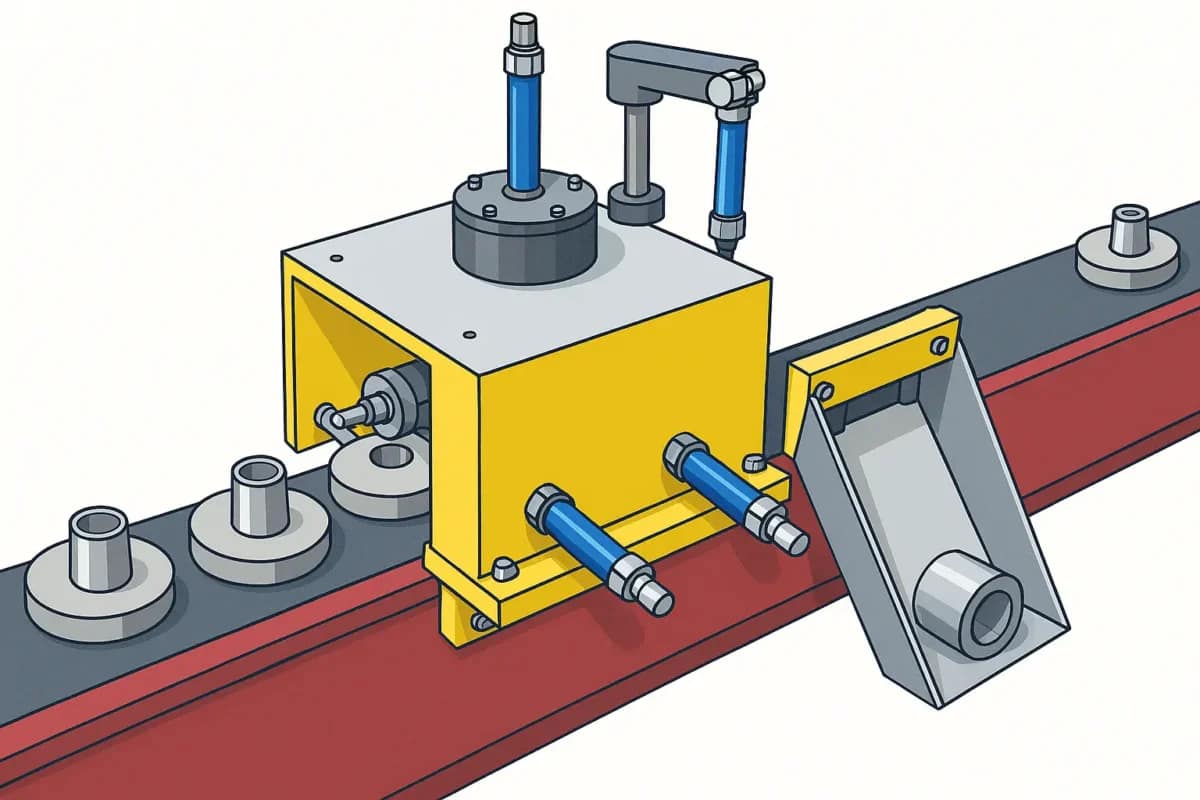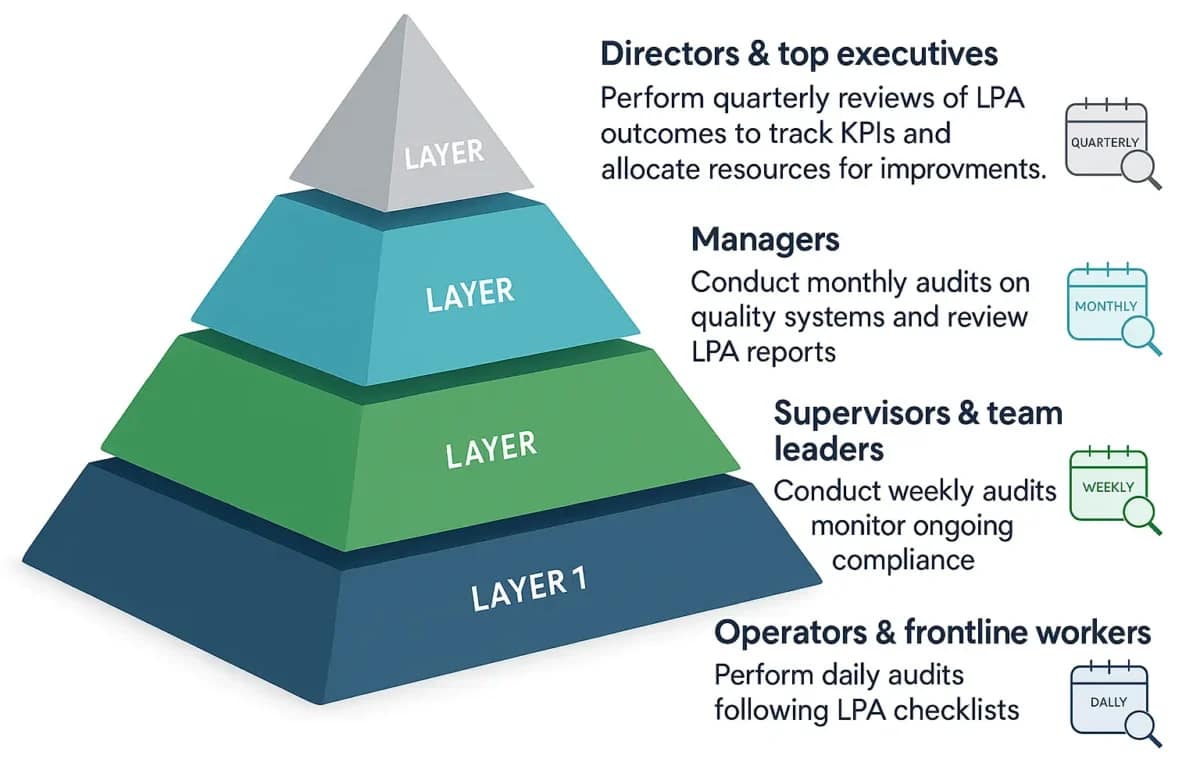
📋 Process Control Plan (PCP) Management in Automotive Manufacturing
🧭 Introduction
A Process Control Plan (PCP) is a structured document that defines how product characteristics and process variables are controlled to ensure consistent quality. The Process Control Management standard from organization outlines the requirements for creating, implementing, and maintaining PCPs across manufacturing operations. This guide integrates OEM expectations, industry standards (AIAG, VDA), and IATF 16949 to help suppliers build a robust and compliant PCP system.
🎯 Purpose
To ensure that every manufacturing process is:
- Properly documented and controlled
- Aligned with product specifications and customer requirements
- Audited regularly for compliance and improvement
- Integrated with risk management tools like PFMEA
🌍 Scope
This standard applies to:
- All organization manufacturing and assembly sites
- All products (components and assemblies)
- All operational areas including:
- Manufacturing cells
- Assembly lines
- Rework and repair stations
- Receiving and shipping docks
- Support functions affecting product quality
👥 Roles & Responsibilities
| Activity | Responsible | Support |
|---|---|---|
| Infrastructure & resources | General Manager | — |
| Define PCP procedure | Plant Quality Manager | Cross-functional team |
| Create and maintain PCPs | Plant Quality Manager | Cross-functional team |
| Maintain and communicate audit schedule | Plant Quality Manager | — |
| Review audit results | General Manager & Quality Manager | — |
📋 Core Requirements
✅ Documentation & Training
- A documented PCP procedure must exist.
- Employees must be trained, with records maintained.
🧾 PCP Content Requirements
Each PCP must include:
- All print characteristics, specifications, and requirements
- Error proofing and detection devices
- Reject/rework stations
- Unique gage/fixture numbers (e.g., “Go/No Go Plug Gage”)
- Backup/replacement gages listed or updated in PCP
- Sediment testing, metallurgical analysis
- Process characteristics (e.g., coolant concentration, washer temperature)
- Permanent Quality Gates
- Destructive and Non-Destructive Testing (e.g., X-ray, Eddy Current)
- Measurement System Analysis (MSA) reports for all gages
- Inspection methods and frequencies based on PFMEA and capability studies
📎 Reference Template: Minimum Information Requirement for PCP
🔗 Integration with Quality Systems
- PCP must be linked to:
- Process Flow
- PFMEA
- Control Plan
- Deviations must be:
- Documented and approved
- Reviewed monthly by General Manager or Assistant GM
- Critical PCP elements must be included in Cross-Functional or Layered Process Audits
📅 PCP Audit Requirements
- Audit Schedule must be:
- Created and communicated
- Reviewed quarterly by site leadership
- Audit Frequency:
- Annually for production parts (or more frequently if required by customer)
- During production run for service/aftersales parts if not audited in last 12 months
- All variants in “family” PCPs must be audited
📎 Reference Template: PCP Audit Form
📂 Record Keeping
- Maintain records per local plant procedures, including:
- PCP documents
- Audit results
- Deviations and approvals
- MSA reports
📚 Definitions
| Term | Definition |
|---|---|
| Process Control Plan (PCP) | Summary of defect prevention and detection techniques to ensure process stability and product capability |
| Error Proofing | Design that eliminates the possibility of defects |
| Error Detection | Method/device that identifies defects after they occur |
| Product Characteristic | Feature described on the drawing (e.g., weld depth, surface finish) |
| Process Characteristic | Input variable affecting product quality (e.g., press force, speed) |
✅ Summary
Implementing a robust Process Control Plan system helps suppliers:
- Ensure consistent product quality
- Prevent and detect defects effectively
- Align with customer and regulatory requirements
- Drive continuous improvement and audit compliance
📌 Beginner Tip: Think of the PCP as your “quality blueprint”—it connects your process to your product and your product to your customer.


